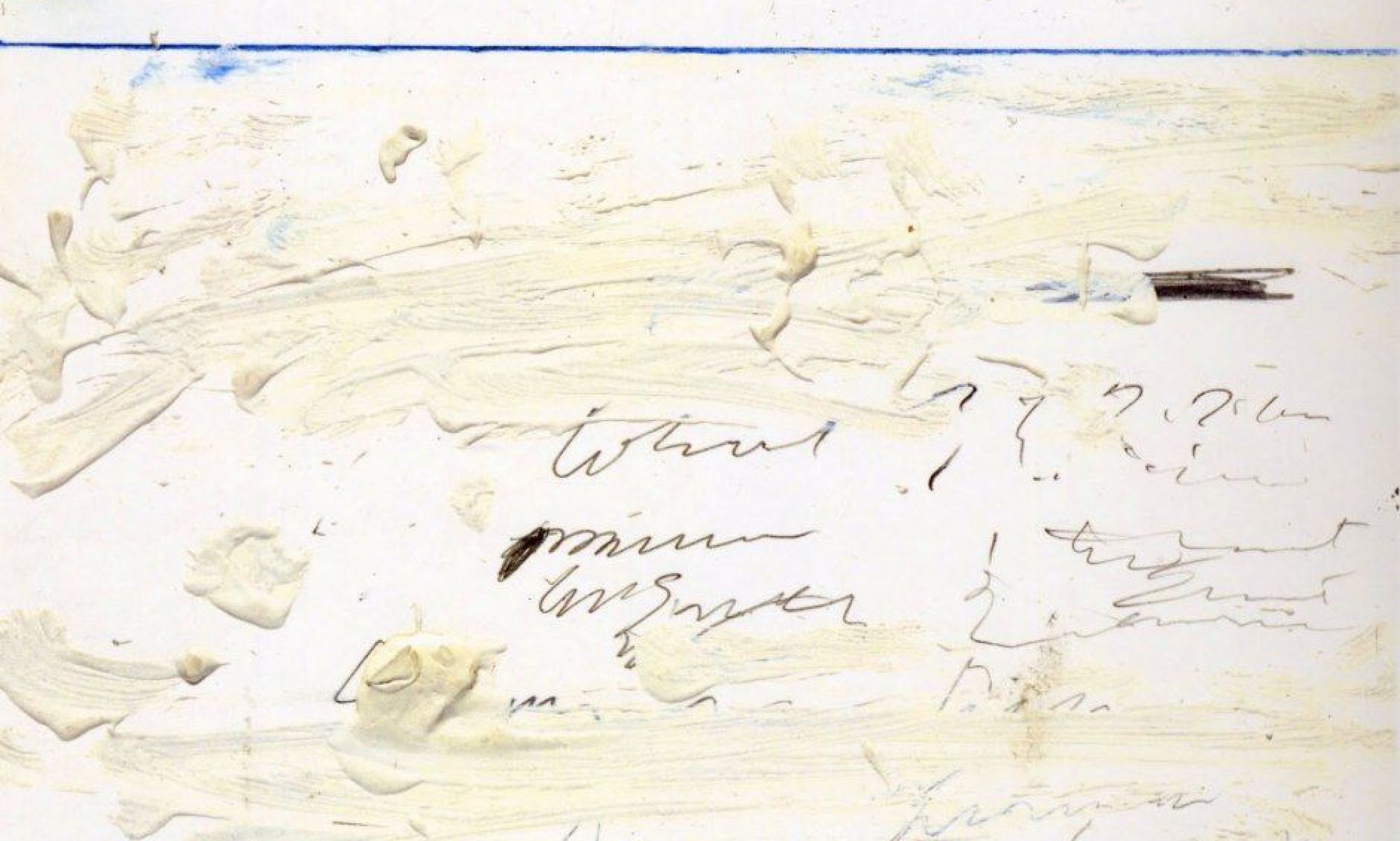It was great to start out with that sixfold account of the “syntax” of the photograph:
Vantage
Frame
Detail
Time
The Thing Itself
Light
So many of those aspects of the photograph make interesting categories for analyzing a poem. Vantage, for example, which Jeff Whetstone put to such good use thinking about the exercises, and which came back again with Crane’s “Bridge”—how extravagantly multiple that poem’s vantages are; is it at all like a succession of photographs? Or like a movie? Or is there something that outstrips the visual in the way it circles its object, changes its stance, and the register of its metaphors? (Surely the speaker is standing in a different place, or adopting a different bodily attitude, when the voice of the poem comes closer to prayer.) Close-up, distance shot, shot from underneath, from above, all of these positions have different rhetorical effects. The movement among them was also a transformation of mood, sometimes with a Keatsian, vertiginous speed, exaltation to despair and back again. It was especially instructive to put all that movement in the context of the large-scale shift in Walker Evans’ career from the heroism and dynamism of his Brooklyn Bridge, to the documentary turn of his later work, and his engagement with vernacular photography. One senses that Crane’s poem could never sit long enough to engage in one of those wary staring contests that Evans has with the sharecropping families he photographed in the 30s. What does it discover instead, about the lives of office workers, the “bedlamite,” the seagull, and (or) the poet?
(The freedom of a poem not to be located in point either of origin or reception is quite interesting to think about—perhaps it can get closer to the permissions of mental life than other media can? Though then again, it is confined, for the most part, to language…)
It is worth thinking too about the detail, in relation to Barthes’ punctum; what would count as a detail in a poem? What counts as its frame? That word cannot simply be identified with form—that is, the frame of the sonnet is not the aperture on the page opened by its fourteen lines, is it? What about questions of what gets into the poem, what gets left out? And time!—the photograph is a moment, though that moment (as de Duve suggested) can have a lot of time in it. Crane’s poem is what Bruno Latour (a wonderful historian of science) would call a “polytemporal object”: it contains so many times and kinds of time in it, including times of language, some of it sounding avant garde, other bits archaic. Can a photograph make itself polytemporal, in spite of its instantaneity, and if so, how?
There was some very interesting discussion of difficulty, too, in relation to Aishah’s photo (with the obscurity of its manikins) and also Cammie’s. What do perceptual difficulty (the difficulty of making something out, visually) and conceptual difficulty have to do with one another? We talked just a bit about why a poem or a picture might want to be difficult, why it might pose challenges (again, of perceptual recognition and of interpretation) to the viewer or reader. More to discuss there I hope.
Finally: “Photography loves everything.” I love that way of putting it, and it highlights a real difference from poetry. Every word in a poem is there because the poet put it there. (There are experimental exceptions, but they prove the rule.) A photograph can catch up all kinds of things that escaped the attention of the photographer, in the moment, but that mean everything to the viewer later. (Perhaps every true punctum is of that character.) The contrast between the two puts a fine point on questions about meaning and intention. It could never be right to say that “poetry loves everything”; it is so much more full of choice. And yet, as interpreters, we may feel free to make claims that would never have occurred to the poet. So what, exactly, is the status of those meanings—meanings which often count toward the poem’s difficulty, its resistance, what it won’t easily show to the reader and perhaps never showed to the writer?
